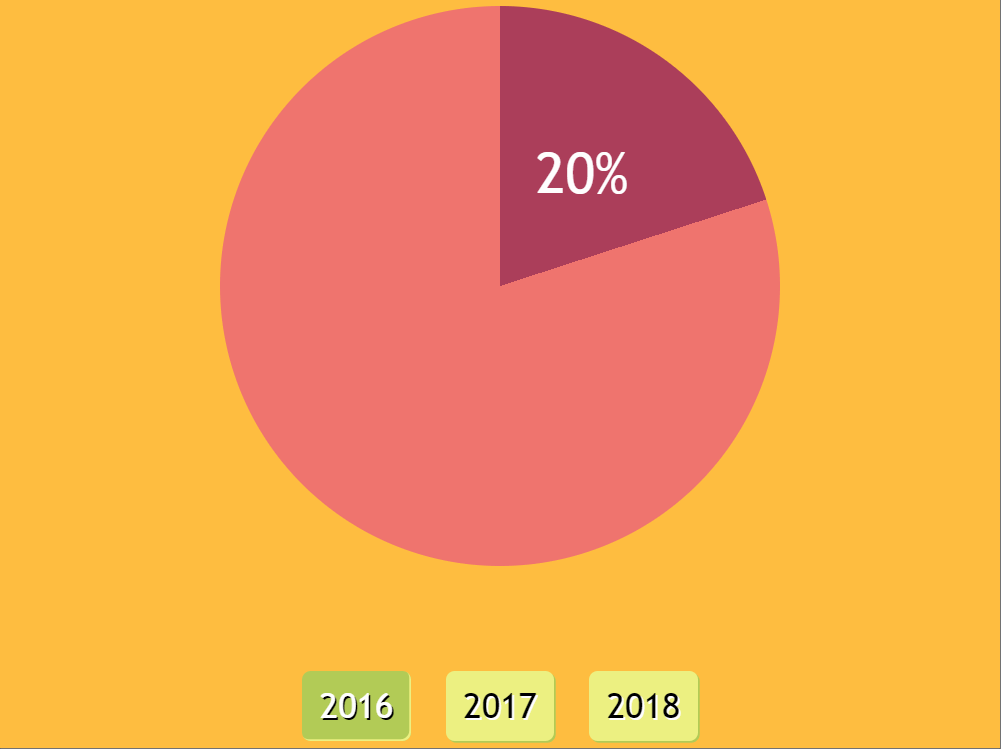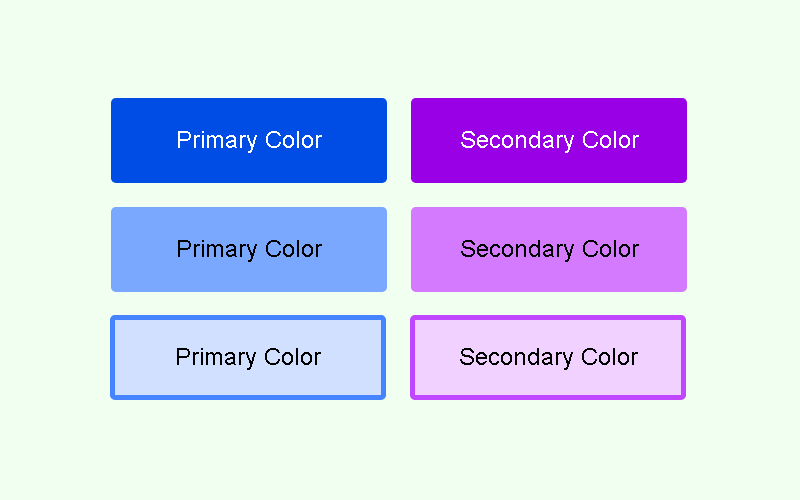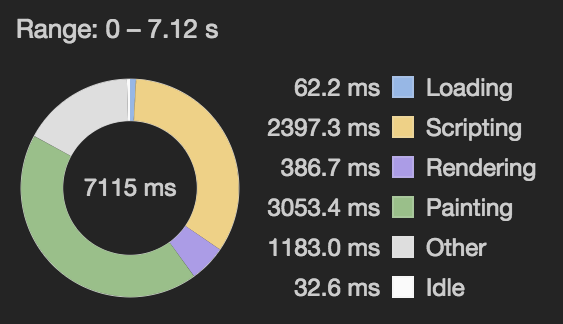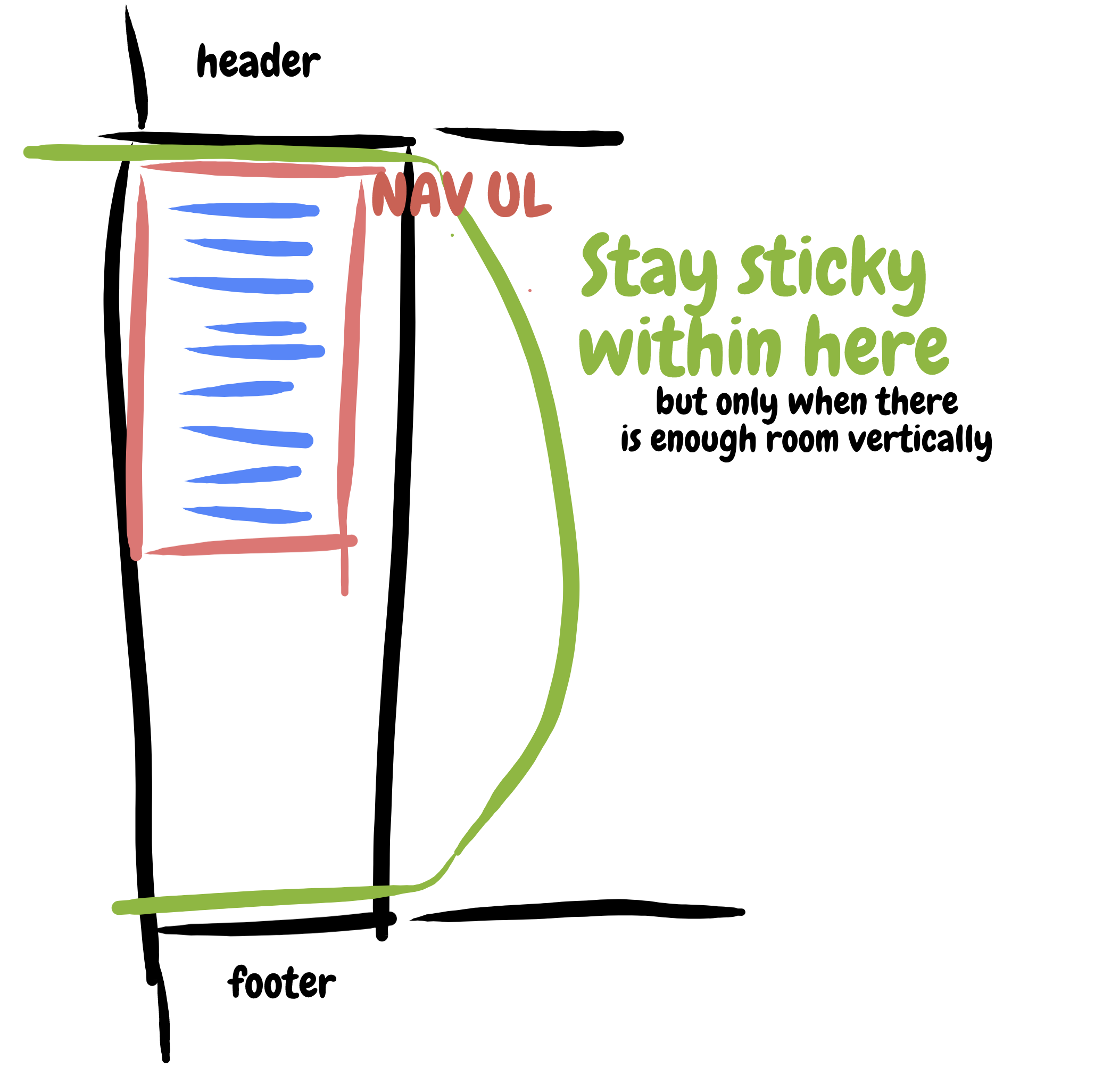Task management has never been easier
(This is a sponsored post.)monday.com is a team management tool that is exceptionally suitable for any industry sector and by any sized team. It will perfectly serve a team of two or a team of hundreds spread around the globe, and it can manage multiple projects at once.
monday.com promotes effortless collaboration and transparency, it's "cheetah fast," it displays status in as many as 20 different colors, and its status board can be customized to fit your needs and your workflow.
It serves as an excellent alternative to having to force fit your work to meet the demands of your project management tools or systems.
Direct Link to Article — PermalinkThe post Task management has never been easier appeared first on CSS-Tricks.
Source: CSS-tricks.com






